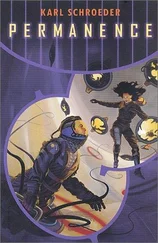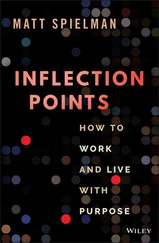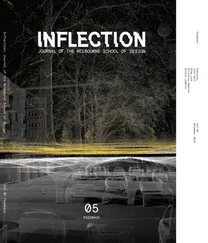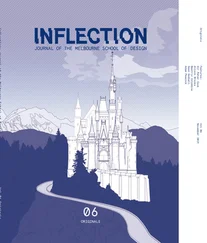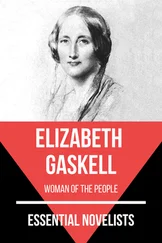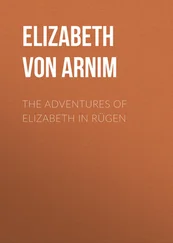Preservation through memory is not confined to introspection. Often, the decision to demolish a building provokes a social and political commentary which can continue well after the dust settles. A tension exists between the need to develop and the need to value cultural history. The 2014 demolition of the 15-year-old American Folk Art Museum in New York is one such example which has sparked a polemical discourse amongst the architectural community and the greater public. To this day, the lingering effects of MoMA’s decision are still at work as the institution continues their plans for expansion. The journal presents a multivocal view on the situation. In an interview with the architects of the Folk Art Museum, Tod Williams and Billie Tsien, they expound upon their design approach which involves a deliberate slowing down in a world which prioritises speed and efficiency. Elizabeth Diller from interdisciplinary design studio Diller Scofidio + Renfro, chosen to lead the development and expansion of MoMA, provides an alternative perspective, acknowledging our contemporary culture of obsolescence.
Through these voices, Inflection Vol. 4 extrapolates the permanent and the temporary as a spectrum to be navigated at each stage of architecture’s unfolding narrative. Through each of the responses presented in this year’s edition, Permanence provides a critical voice as architecture continually seeks an enduring foothold in an ever evolving landscape.
01Cedric Price, Re:CP, ed. Hans-Ulrich Obrist (Basel: Birkhauser Verlag AG, 2003), 11
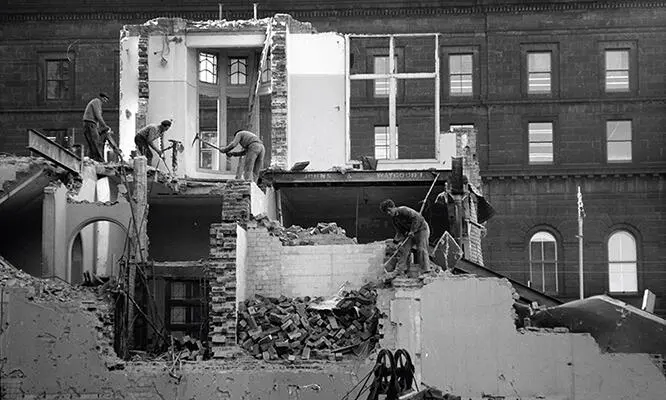
Photograph by Mark Strizik.
Pictures Collection, State Library of Victoria
BREAKING AND
MAKING
TEMPORALITY
TIME AND TEMPORARY
ARCHITECTURE IN
POST-QUAKE CHRISTCHURCH
Barnaby Bennett
What makes one thing permanent and another temporary? Can objects, buildings, or landscapes be understood through other forms of temporal status? And how might these different forms affect our experience of the objects? This essay seeks to answer these questions by complicating the normally tidy division between the permanent and the temporary by articulating an ecological understanding of time that encompasses a broader range of temporal conditions.
The difference between temporary and permanent things appears self-evident: the former exists for a discrete and measurable amount of time, whilst the latter extends into the future. This is one of the binary divisions we use to understand the status of objects in the world, and we build relationships with things based on these assumptions. This essay is based on information gathered whilst living in Christchurch between 2012 and 2015. Assumptions of permanence and temporariness were particularly evident when dealing with the built environment after the earthquakes in 2010 and 2011. At 12:51 p.m. on 22 February 2011, a large earthquake shook Christchurch, New Zealand’s second largest city.
Between September 2010 and the end of 2012, over 13,000 earthquakes jolted the city of 342,000 people, but the February 2011 quake was different. The city was devastated— buildings and infrastructure were damaged and 185 people were killed. 1A national state of emergency was declared the following day: the core of the city was shut down and cordoned off as a public exclusion zone. It would be over two years before citizens could return freely to the shattered city centre. In this context, the temporary became necessary and the permanent visions of the city a topic of controversy and debate.
In his 1997 essay ‘Trains of Thought’ Bruno Latour compares the experiences of two twins. 2The first is moving slowly through the jungle. Latour says ‘She will remember it because each centimetre has been won through a complicated negotiation with other entities, branches, snakes and sticks that were proceeding in other directions and had other ends and goals.’ 3A second twin is travelling on a fast TGV train from Paris to Switzerland. ‘… he will remember little else except having travelled by train instead of plane. Only the articles he read in the newspaper might be briefly recalled … No negotiation along the way, no event, hence no memory of anything worth mentioning.’ 4Latour uses these examples to contrast experiences—to show the sweat, exertion and suffering of establishing a new path through the jungle against the ease and relaxation of sitting on a train. The infrastructure of the train—the tracks, signals, workers, tunnels and so on—enables the second twin to focus and develop thoughts away from the work being done to carry him. Hers is an experience of effort and his, ease.
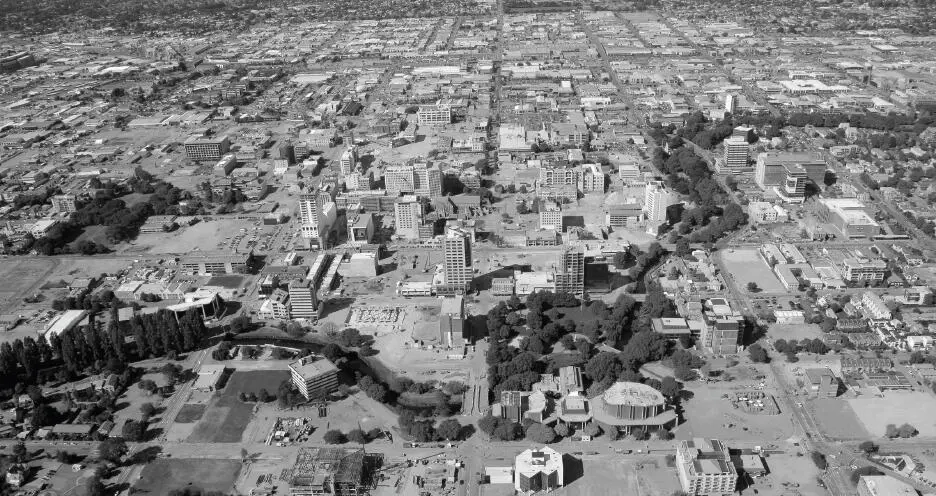
Aerial photograph of Christchurch, 2013.
Photograph by Becker Fraser Photography
The experience of each twin is defined by the length of their travel and the number of entities supporting them. The twin cutting her way through the jungle has few allies—she is part of a small gathering of objects. The twin on the train has a huge array of supporters and helpers that participate in an assemblage linking large parts of Europe together. Latour uses this story to argue that a different temporality, a different type of time is being brought into being in each case. For Latour, ‘time is not a general framework but a provisional result of the connection amongst entities.’ 5In this way, time is produced or performed by different types of assemblages and networks. In relation to designed things, temporality is a consequence of the labour involved with coordinating objects into certain assemblages and arrangements.
It follows from this that a multiplicity of temporalities can be created by different kinds of material assemblages. The two most common types of time in architecture are temporary and permanent, but a closer look at a project like Agropolis (discussed later in this essay) offers a range of other typologies.
Performing Permanence
It is almost a cliché to state that one of the dominant characteristics of architecture is the quest for permanence. Architecture is meant to persist, to be durable. The term ‘permanent architecture’ does not exist because the idea of permanence is central to its logic.
Various authors have pointed out problems with the assumption of permanence. Mohsen Mostafavi and David Leatherbarrow state the obvious but often overlooked fact that ‘No building stands forever.’ 6Even the greatest buildings and cities will one day fall into ruin, become redundant or be replaced. Mostafavi and Leatherbarrow identify a contradiction in which ‘buildings persist in time. Yet they do not.’ 7The language we use to describe architecture often conceals the fact that nothing, in the end, lasts forever. In this sense, permanence is an imagined ideal that we collectively sustain.
Long lifespans are only achieved through the procedures of maintenance and care. Nigel Thrift writes that repair and maintenance are the ‘means by which the constant decay of the world is held off.’ 8The deserted and vegetative town of Varosha on the island of Cyprus and the Demilitarised Zone between North and South Korea illustrate how so-called permanent objects quickly fail when no one is present to maintain them. 9The famous image of a decaying Villa Savoye evidences the tension between the essence of a finished work and the deleterious effects of time and weathering. Stewart Brand writes that ‘Architecture, we imagine, is permanent. And so our buildings thwart us.’ 10The status of buildings as durable objects, like the twin’s travel on the train to Switzerland, is only sustained by an array of other devices and labour that continuously care and protect. The often overlooked labour of cleaning, repair and maintenance is the invisible work that creates the effect of permanence.
Читать дальше



